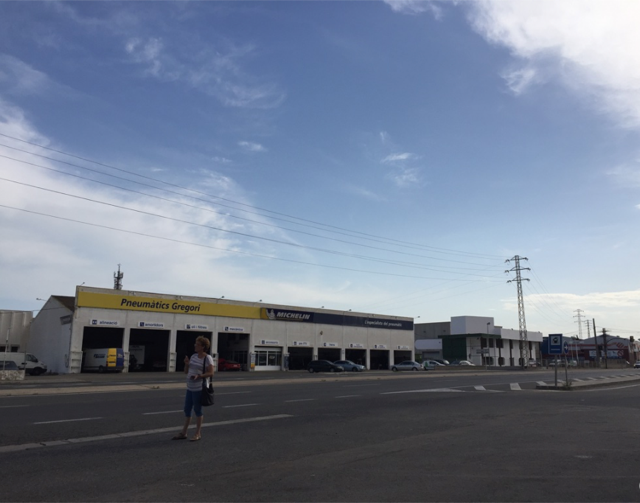Financialization: the rise and fall of the middle class project
by Jaime Palomera
Talking about the crisis of financialization implies talking about the crisis of the middle class as a political project. In Spain, as in many other countries around the world, the creation of a middle class identity is strongly based on the accumulation of heritage and assets through credit (linked to cycles of financial booms) rather than on the growth of salaries. The construction sector is a particularly good window onto the rise and fall of the middle class that financialization has accentuated. In Tarragona, my fieldsite, it is difficult not to bump into the story of families that built small construction empires from scratch and then lost it all.
The story of these self-made men is relatively simple: A man from a poor background moves to the city, manages to get a plot and builds a house of his own with the help of the extended family, all manual laborers. A few years later, he decides to get a “mortgage secured loan”; in other words, he pledges his home as collateral for a loan, with which he buys an excavator. “Is this about his capacity to save?” I ask. “No,” they tell me: “it’s all about your capacity to get credit”. But these are loans that are guaranteed with their main asset: their own home.
A few years later, the same man manages to buy an industrial unit also by buying land plots with credit and selling them dear: The industrial unit doesn’t cost him a cent.
He ends up building a pretty big subcontracting firm that works for the big contractors. This is remembered as the “Days of glory”: “It’s like a joke: wherever you go and see a public work, we built it”. Some companies were cashing in up to 9 million euro per month. However, for these self-made builders the true dream is to abandon subcontracting and make it to the top. Why? Because of a key difference: labor. Big contractors are less involved in production relations. They do not have a direct contractual relation with workers (except for managers) and they do not own machinery or equipment, all of which require maintenance and payments of all kinds. Furthermore, big contracting companies have leverage with political elites (public works are basically funded with state funds) and therefore influential relations that allow them to obtain contracts and capital on a big scale. That is their differential power with small construction firms. Small subcontractors, instead, supported the productive structure by the always complex and precarious relations that middle entrepreneurs built around them: a company could include 70 to 80 workers (Machinists and drivers, Mechanics, managerial cadres, office workers) plus 40 excavator machines, 25 vans, 7 SUVS and an industrial unit (hangar).
The process of financialization is inseparable from this precarization and fragmentation of labor because (1) the penetration of finance capital is the other side of wage repression (lower income, more credit) but also because (2) risk is transferred top-down. Nothing shows this better than what happened when the crisis emerged. When the crisis erupted, these middle entrepreneurs were the ones to absorb the biggest impact. While work decreased, promissory notes and credit lines still had to be paid, so many of these entrepreneurs (in the hope that the economy would recover in a matter of months) used their own homes and properties as collateral to obtain new loans (just as they had originally done to start their business). In Tarragona, the crises of financialization seem to generate faster and more devastating effects than a wage crisis. Financialization shifts from providing wealth effects to inversely proportional poverty effects. Indeed, in a matter of one or two years, the conjuncture went from splendour to absolute personal ruin: Many of these self-made men have suffered foreclosures, and a long chain of debts that will never be repaid. Often, banks try to repossess the same property twice, due to different loans based on the same property (mortgage loan + mortgage secured loan).
A rupture in their capacity to design a future
Over-indebtedness has produced families where members cannot own or sign anything under their name due to their debts, because the banks can automatically seize part of their revenues; where many live from favours from kin and friends and informal work.
This situation has resulted in a fast downsizing from a middle class identity to a proletariat condition in the basic sense that they go back to “living hand to mouth” and being unable to say what one will be doing the next month.
Jaime Palomera
Tarragona, 2015




